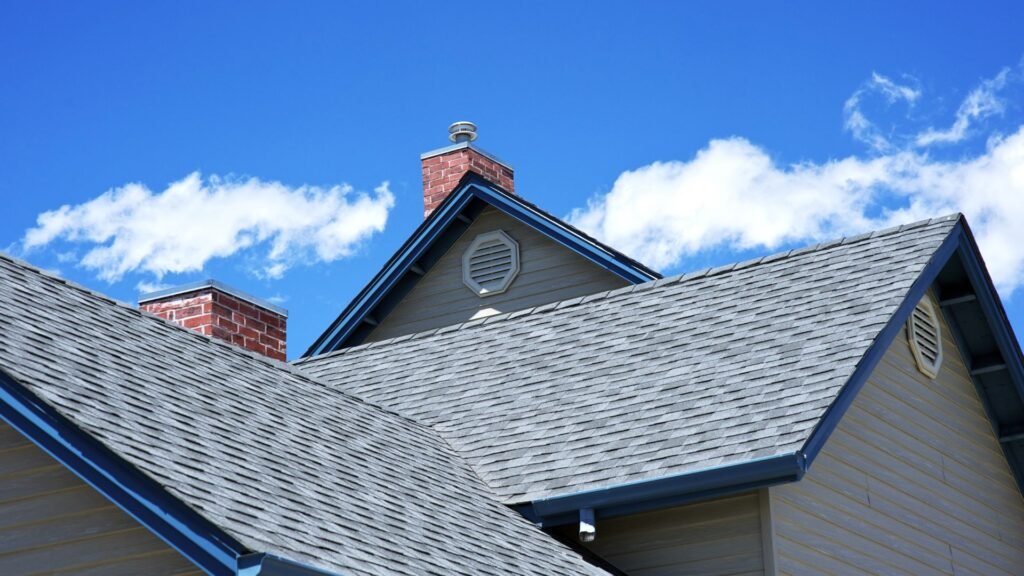Welcome to your go-to guide for understanding roofing cost per square meter in NZ. Whether you’re building a new home, planning a renovation, or replacing an old roof, knowing what to expect in terms of pricing can save you time, stress, and unexpected expenses. Roofing costs in New Zealand vary depending on the type of material, roof design, location, and labour involved. Some homeowners might only budget for the materials, but there’s more to it, like removal of old roofing, structural work, and compliance costs. This guide breaks everything down so you can plan your budget with confidence and avoid costly surprises.
The average roofing cost per square meter in NZ ranges from $90 to $200, depending on the material, roof size, pitch, and location. Metal roofing is typically more affordable, while tiles and slate cost more due to higher material and labour demands. Always get multiple quotes to compare prices and ensure accurate budgeting.
Table Of Contents
What Influences Roofing Costs In NZ?
Understanding what drives roofing costs in New Zealand can help you make smarter decisions before hiring a contractor or choosing materials. While you might expect a straightforward answer, roofing prices are affected by several factors that often go unnoticed until the quotes start coming in. Here’s a breakdown of what actually influences the total cost per square meter of a new roof in NZ.
Size And Complexity Of The Roof
The larger the roof, the higher the cost. That part’s obvious. But complexity plays just as big a role. A simple flat roof costs less than a steep, multi-angled roof with valleys, skylights, and dormers. More complex designs mean more time, more materials, and higher labour charges. For example, a straightforward 100m² gable roof is much quicker and cheaper to complete than a 100m² roof with multiple slopes and tricky corners.
Type Of Roofing Material
Material choice is one of the biggest price drivers. Metal roofing like Colorsteel or corrugated iron is generally more affordable and faster to install. On the other end, materials like slate or clay tiles cost more due to their weight, fragility, and installation difficulty. Each material comes with its own set of tools, techniques, and warranties, so you’re not just paying for the product, you’re paying for the expertise to install it right.
Labour Costs Across Regions
Where you live matters. Labour rates differ widely across New Zealand. In major cities like Auckland and Wellington, demand is higher, and so are labour costs. In rural areas, you might pay slightly less, but travel costs for materials or contractors can balance out the savings. Hiring licensed and experienced roofers might cost more upfront, but it reduces long-term risks like leaks, compliance issues, or poor workmanship.
Site Accessibility
Is your property on a flat, open section or perched on a hillside with tight access? If roofers can’t bring their gear close to your home or have to work around obstacles, the job becomes harder and slower. Steep driveways, overgrown gardens, or inner-city locations can all increase the overall labour and equipment costs. Scaffold installation is often necessary for safety and adds to the total price if access is limited.
Roof Pitch And Shape
A flat roof is faster and safer to work on, making it cheaper. A steep-pitched roof? That takes more time, requires extra safety measures, and may even need specialized gear. The steeper and more irregular the roof shape, the more challenging and time-consuming the installation process becomes. Roofers must navigate carefully, which slows the work and pushes up labour hours.
Additional Structural Work Needed
Old roofs often come with hidden surprises. Once the existing roofing is stripped, contractors might find rotten timber, damaged underlay, or faulty flashings that need urgent repair. These aren’t just optional add-ons, they’re often essential to ensure your new roof lasts. Other structural elements like replacing rafters or reinforcing parts of the frame can add thousands to your total budget.
Every roofing project is different. That’s why you’ll never find a one-size-fits-all price. But if you understand what factors into the cost, you’ll be better prepared to ask the right questions, compare quotes properly, and make decisions that give you long-term value, not just the cheapest short-term fix.
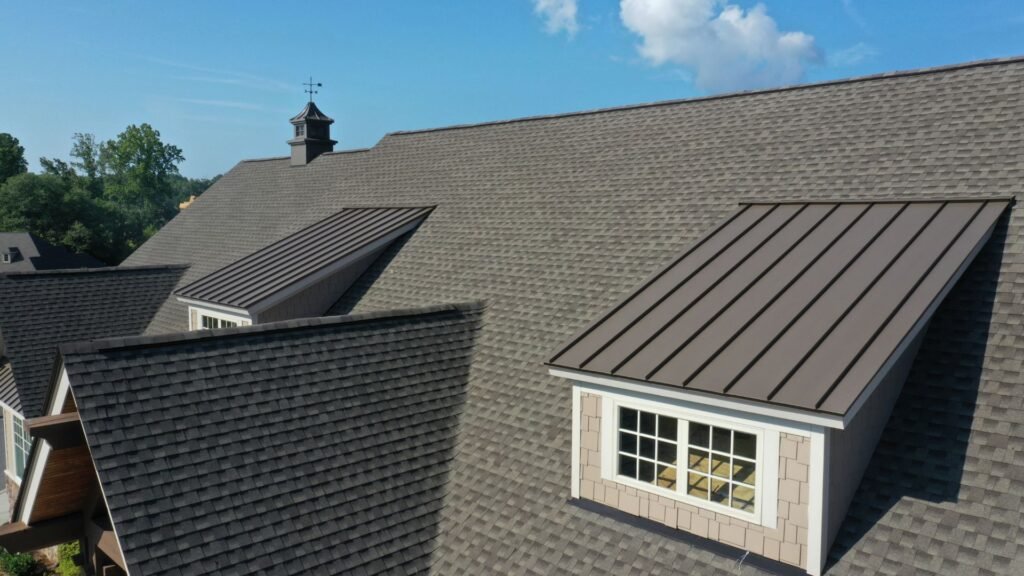
Common Roofing Materials And Their Costs
Choosing the right roofing material is one of the biggest decisions you’ll make when planning a new roof or replacement in New Zealand. Your choice affects not just the look of your home, but also your long-term costs, durability, and performance in NZ’s varied climate.
Below is a breakdown of the most common roofing materials used in New Zealand, including their estimated cost per square meter, benefits, and trade-offs. These estimates can vary depending on region, supplier, and labour, so always confirm current local pricing when getting quotes.
Long Run Metal Roofing
- Estimated Cost: $90–$140 per m²
Pros
- Lightweight and easy to install
- Excellent lifespan (30–50 years)
- Low maintenance
- Performs well in high wind and rain
- Modern appearance
Cons
- Noisy during heavy rain if not insulated
- Can dent from hail or foot traffic
- Not as visually warm as tiles
Long Run metal is one of the most popular roofing options in NZ. It’s commonly made from Colorsteel or Zincalume, making it rust-resistant and ideal for coastal areas.
Asphalt Shingles
- Estimated Cost: $100–$150 per m²
Pros
- Affordable and easy to install
- Available in many colours and textures
- Lightweight and adaptable to different roof shapes
Cons
- Shorter lifespan (15–30 years)
- May suffer in extreme weather
- Prone to algae growth in humid areas
Asphalt shingles are more common in North America but are gaining traction in parts of NZ for budget-conscious builds or American-style homes.
Concrete Tiles
- Estimated Cost: $120–$160 per m²
Pros
- Long lifespan (50+ years)
- Great insulation and soundproofing
- Durable and strong under tough weather
Cons
- Heavy, requiring a stronger roof structure
- More labour-intensive to install
- May crack over time and need replacing individually
Concrete tiles are a solid investment for homeowners who want durability and a classic look. They’re well-suited to traditional NZ home styles.
Clay Tiles
- Estimated Cost: $150–$200 per m²
Pros
- Extremely long lifespan (up to 100 years)
- Excellent thermal performance
- Classic, high-end appearance
Cons
- Expensive to buy and install
- Very heavy
- Fragile during handling or impact
Clay tiles offer timeless appeal but are mostly chosen for premium homes. You’ll see them often in Mediterranean or heritage-style properties.
Membrane Roofing
- Estimated Cost: $90–$140 per m²
Pros
- Ideal for flat or low-pitch roofs
- Waterproof and UV resistant
- Modern look
Cons
- Not suitable for steep slopes
- Can puncture if walked on
- Needs regular inspection and maintenance
Membrane roofs are popular for contemporary builds with minimalist designs. They’re often used in urban housing and architecturally designed homes.
Slate Roofing
- Estimated Cost: $200–$350 per m²
Pros
- Lasts 100+ years
- Natural and attractive look
- Fireproof and weather-resistant
Cons
- Extremely expensive
- Heavy and labour-intensive to install
- Fragile during installation
Slate is rare but chosen for high-end homes with a focus on heritage, luxury, and long-term value. If budget isn’t a concern and you want a standout finish, slate delivers.
Corrugated Iron
- Estimated Cost: $90–$130 per m²
Pros
- Affordable and readily available
- Easy to transport and install
- Performs well in NZ’s weather
Cons
- Industrial appearance
- Can be noisy in rain
- Less insulation than tiled options
Corrugated iron is a practical and economical choice, especially in rural or utility buildings. With modern coatings, it now lasts longer and resists rust more effectively.
When comparing roofing materials, balance cost with performance, maintenance needs, and how well the style fits your home. A cheaper material might save you upfront, but a more durable option can pay off in the long run.
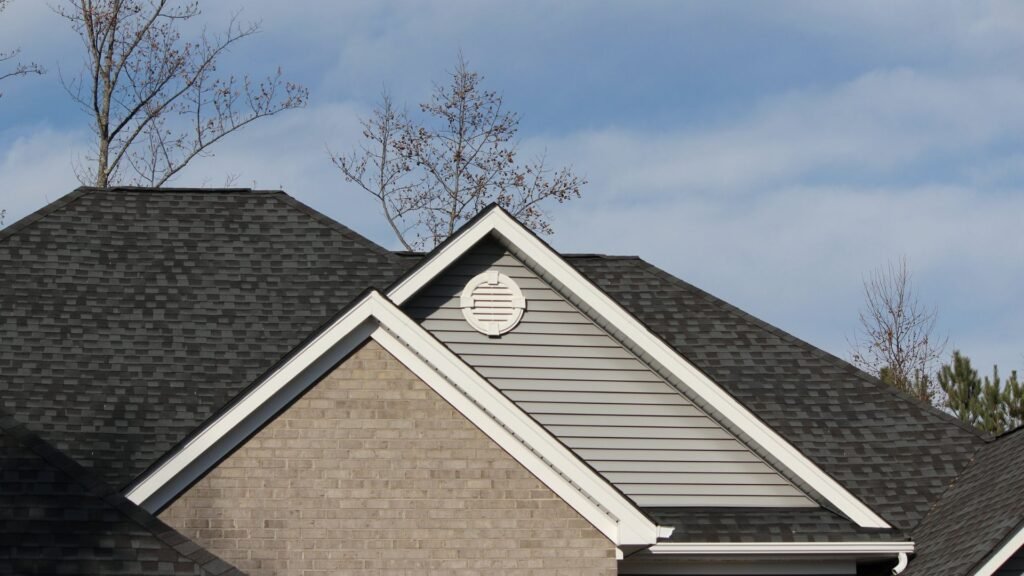
Labour Costs: What Are You Really Paying For?
When budgeting for a new roof in New Zealand, it’s easy to focus only on materials. But labour costs can take up a big slice of your total spend, often 30% to 50% of the entire roofing bill. So, what exactly are you paying for when a roofer hands you a quote?
Breakdown Of What Roofing Contractors Charge For
Roofing isn’t just hammering in nails. Contractors include several things in their pricing.
- Site Inspection And Assessment: Before any work begins, roofers inspect your property. They assess the pitch, size, and condition of your existing roof. This helps them plan materials, safety gear, and labour needs.
- Setup And Safety Gear: Scaffolding, edge protection, and harnesses are often required by law. These aren’t optional extras, they’re essential for worker safety and job compliance.
- Material Handling And Transport: Labour includes carrying materials up to the roof, organizing tools, and managing deliveries. Steeper roofs or limited access sites usually take longer and cost more.
- Removal Of Old Roofing: If you’re replacing an existing roof, removing and disposing of the old one is time-consuming. Dumping fees and asbestos handling (if applicable) are part of the cost.
- Installation Time And Quality Workmanship: You’re paying for skilled labour to install everything correctly the first time. That includes proper alignment, flashing, sealing, and weatherproofing.
- Cleanup And Rubbish Removal: A clean site after the job is part of the service. This includes removing debris, nails, and leftover materials.
Hourly Rates Vs. Project Quotes
Roofing contractors in NZ may charge in two common ways.
- Hourly Rates: Some roofers charge between $40 and $90 per hour. This is more common for small repairs or simple jobs. While hourly rates seem transparent, it’s hard to predict the final cost if delays or extra work pop up.
- Project Quotes: Most roof replacements are priced per job. A full quote includes materials, labour, and extras like scaffolding. These fixed quotes give better clarity and help avoid surprises later.
Always ask for a detailed quote that lists labour separately. This gives you a clearer picture of what’s being done and what you’re actually paying for.
Region-Based Labour Differences (Auckland Vs. Wellington Vs. Rural Areas)
Where you live in New Zealand can affect the labour costs significantly.
- Auckland: Labour tends to be more expensive due to higher living costs and strong demand for tradespeople. Expect to pay closer to the upper end of hourly rates here.
- Wellington: Slightly more affordable than Auckland, but still above national average. Transport costs and limited roofer availability can affect pricing.
- Rural Areas: Labour may be cheaper, but don’t forget about travel time. Some contractors charge extra if your property is far from their base.
Get at least three quotes from local roofers to compare pricing in your area.
How Experience Affects Cost
Hiring a more experienced roofer may cost more upfront, but it usually saves money in the long run.
- Experienced Roofers finish jobs faster and with fewer errors.
- New Or Inexperienced Contractors might underquote, then hit you with add-ons later due to mistakes or overlooked details.
It’s not just about paying for time. You’re paying for confidence, workmanship, and long-term durability.
Ask about previous projects, customer reviews, and whether they’re a licensed roofing contractor in NZ. A higher labour cost often reflects better value and fewer headaches down the road.
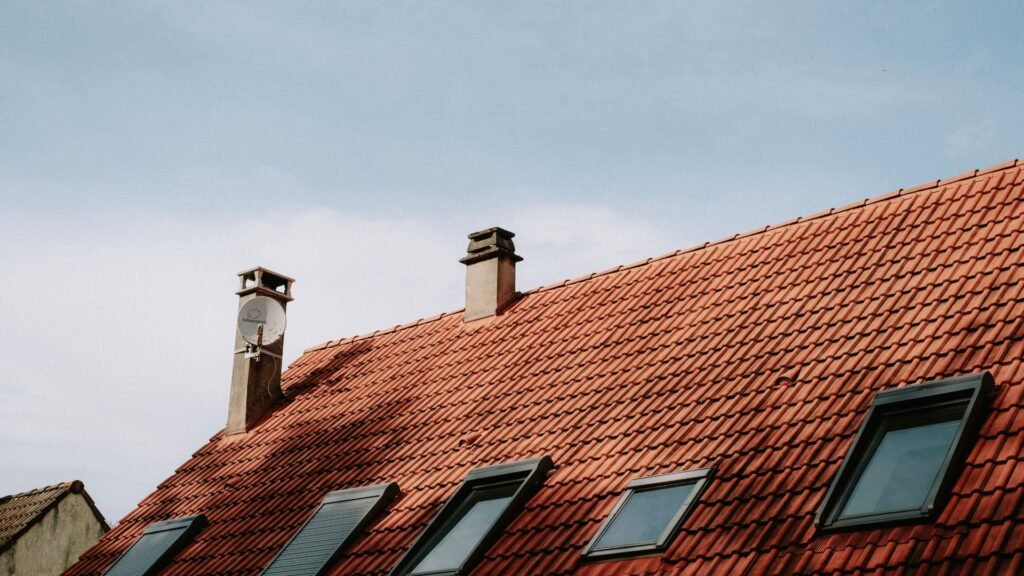
Hidden Costs To Watch Out For
When budgeting for a new roof in New Zealand, most people focus only on the visible costs, materials and labour. But there’s more beneath the surface. Several hidden costs can quietly increase your final roofing bill. If you want to avoid surprises, it’s important to understand these extras upfront. Let’s break them down one by one.
Scaffolding And Safety Equipment
Safety is a legal requirement on any roofing project in NZ. Scaffolding isn’t optional, it’s mandatory. Depending on the size and height of your home, scaffolding can add a few hundred to several thousand dollars to your project. Roofers may also include charges for harnesses, edge protection, or site-specific safety gear. These aren’t just safety extras, they’re part of the job, and they’re non-negotiable under New Zealand’s health and safety laws.
- Tip: Always ask if scaffolding is included in the quote. Some roofers will itemize it separately, while others include it in the total price.
Roof Removal Or Disposal Of Old Materials
If you’re replacing an old roof, the existing material needs to come off before the new one goes on. That takes time, labour, and sometimes machinery. The removed materials also need to be disposed of properly, especially if the old roof contains asbestos or other hazardous substances.
Roof removal and disposal can cost anywhere from $20 to $50 per square meter. Prices may be higher if the job requires special handling or a skip bin. This part of the process is often overlooked, but it’s a major line item on your final bill.
Permit Fees Or Council Compliance Costs
Depending on the scale of your roofing project, you may need to notify your local council or apply for a building consent. These fees vary by region and can cost anywhere from a few hundred to over a thousand dollars.
Even if you’re just doing a simple re-roof, some councils require an inspection or formal approval. Ignoring this can delay the project or lead to fines later on. Always check with your local council before work begins.
- Pro Tip: Ask your roofer if they handle council paperwork or if you need to take care of it yourself.
Gutter Replacement Or Flashing Work
While the roof is being replaced, it’s often a good time to inspect other connected parts, like gutters and flashing. These elements keep water flowing correctly and prevent leaks around joints, skylights, and chimneys.
If your gutters are rusted, cracked, or sagging, they might need replacement. Likewise, outdated or poorly installed flashing should be upgraded to avoid future leaks. These add-ons aren’t always included in a standard roofing quote, but they’re critical for long-term performance.
- Tip: A quality roofing contractor will inspect and inform you of these needs before starting.
Unexpected Water Or Structural Damage Repairs
Sometimes, problems only become visible once the old roof is stripped away. You might uncover rotting timber, water-damaged insulation, or sagging rafters. These hidden issues can’t be ignored, they need to be fixed before a new roof goes on.
This type of repair work is difficult to predict during quoting, which is why it’s often listed as a “possible additional cost.” Always leave some budget room (10–15%) for unforeseen structural repairs. It’s better to plan for it than panic when it appears mid-project.
By understanding these hidden costs in advance, you’ll be better prepared for your roofing project, and less likely to blow your budget. Always ask for a full, detailed quote, and don’t be afraid to ask what’s included and what’s not. A transparent contractor will break it all down clearly so you know exactly where your money is going.
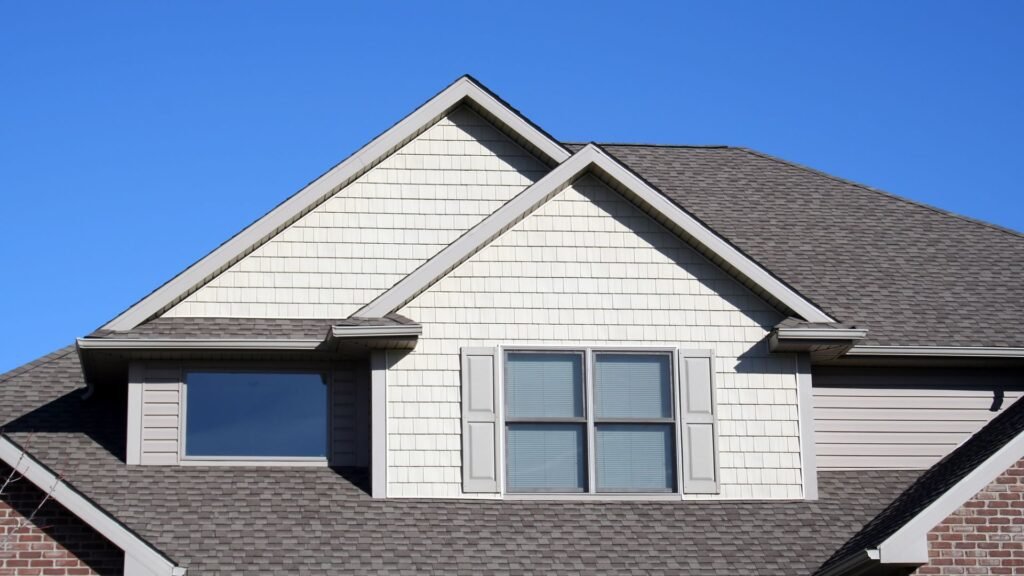
Cost Breakdown Example: Let’s Say You Have A 120m² Roof In Auckland
Understanding what a roofing project might actually cost can feel overwhelming, especially with so many variables in play. To make things easier, let’s break down a realistic example based on a 120 square meter roof in Auckland. This is a common size for an average three-bedroom home, making it a good reference point for most homeowners.
This breakdown will give you a practical look at how costs change depending on your material choices, labour needs, and extra services required. Whether you’re looking for a basic roof or a more premium finish, the goal here is to help you make smarter budgeting decisions.
Low-End Estimate: Budget-Friendly Long Run Metal Roofing
- Estimated Cost Per Square Meter: $90 – $120
- Total Cost Range: $10,800 – $14,400
This option suits homeowners who want something affordable, durable, and easy to install. Long Run metal roofing is lightweight and performs well in NZ’s weather.
Includes
- Standard long run metal sheets
- Basic labour and installation
- Minimal scaffolding or roof complexity
Excludes
- Old roof removal
- Gutter or flashing upgrades
- Council fees (if required)
This is ideal if you’re on a tight budget or simply want to replace your roof with minimal extras. It’s not flashy, but it does the job well.
Mid-Range Estimate: Asphalt Shingles Or Concrete Tiles
- Estimated Cost Per Square Meter: $130 – $160
- Total Cost Range: $15,600 – $19,200
This level gives you more design options and longer durability. Asphalt shingles offer good weather resistance, and concrete tiles deliver a classic NZ look.
Includes
- Mid-range roofing material (e.g. asphalt shingles or concrete tiles)
- Labour for moderate complexity roofs
- Basic flashing and sealing
- Safety measures like scaffolding
May Include
- Disposal of old roofing material
- Basic repairs to timber or underlay
This is the most common choice for Kiwi homeowners looking for value without cutting corners.
High-End Estimate: Clay Tiles, Membrane Roofing, Or Slate
- Estimated Cost Per Square Meter: $180 – $250+
- Total Cost Range: $21,600 – $30,000+
This is the premium tier. It’s for those investing in long-term durability and a high-end finish. Clay tiles or natural slate not only boost curb appeal but also increase property value.
Includes
- Premium roofing material
- Specialist labour and installation
- Advanced sealing and weatherproofing
- High-quality flashings and underlay
- Site-specific safety setup and permits
Likely To Include
- Full old roof removal
- Repairs to substructure if needed
- Gutter system upgrades
This type of roofing may take longer to install, but it’s built to last and withstand NZ’s harsher coastal or alpine environments.
Additional Costs To Consider
No matter your material choice, always factor in extras like.
- Scaffolding: Can add $2,000 – $5,000 depending on the layout.
- Roof Removal: Old roofing disposal might cost $1,000 – $3,000.
- Permits and Council Fees: Some renovations need council consent.
Always ask for a detailed, itemized quote so you understand what’s included, and what isn’t.
There’s no one-size-fits-all answer when it comes to roofing costs. Your final price depends on what you choose, who you hire, and the condition of your current roof. But with this example, you now have a clear picture of what to expect, from basic replacements to top-tier upgrades.
Before making a decision, compare at least three local quotes and check online reviews. If possible, talk to other homeowners who’ve recently had work done. That’s how you get honest insights, and make confident financial choices.
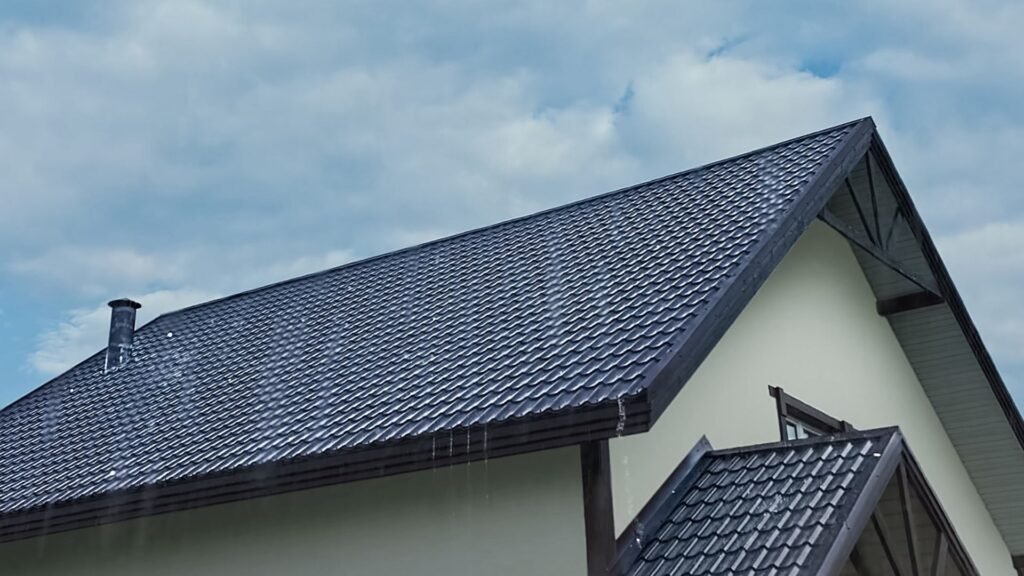
How To Save On Roofing Without Cutting Corners
Replacing or installing a new roof in New Zealand doesn’t have to empty your wallet. You can save money without risking quality, if you know what to look for. Below are smart, practical ways to cut roofing costs while still getting long-term value and peace of mind.
Compare Multiple Quotes
Don’t settle for the first quote you receive. Get at least three detailed estimates from different roofing companies. This helps you understand the market rate for your specific job and gives you leverage to negotiate better terms. Make sure each quote covers the same scope of work so you’re comparing apples to apples. Watch out for very low bids, they might leave out crucial tasks or use low-quality materials that cost more in the long run.
Ask For Itemized Pricing
Always ask for a breakdown of costs. A good contractor will give you a quote that lists material costs, labour, equipment, waste removal, and any extras. Itemized pricing helps you see where your money is going and makes it easier to identify unnecessary charges or upsells. It also protects you from vague or misleading invoices after the job is done.
Schedule Off-Peak Season Installations
Roofing companies are busiest during warmer months when demand spikes. Try scheduling your project during the off-peak seasons, usually late autumn or early spring. Contractors are often more available and may offer lower prices to keep their teams busy. This can lead to faster project timelines and better deals, without sacrificing workmanship.
Choose Materials With Long Warranties
Cheaper materials might save you upfront but cost you more in repairs or early replacement. Look for roofing products with long manufacturer warranties. These materials tend to be more durable and resistant to NZ’s weather conditions. While the initial cost may be slightly higher, the long-term savings are worth it. You’ll spend less on maintenance and extend the life of your roof.
Work With Licensed And Insured Roofers
Hiring a licensed and insured roofing professional is one of the most important steps you can take. These roofers meet industry standards and have the right training to handle complex jobs safely and correctly. Insurance protects you from liability in case of damage or injury. While unlicensed contractors might offer lower prices, you risk shoddy work, legal issues, and costly repairs. Paying for a qualified professional is an investment in your home’s future.
By following these tips, you can save real money on your roofing project without sacrificing quality. Smart planning, clear communication, and working with the right people make all the difference. A roof is a major investment, do it right the first time, and it will protect your home for decades.
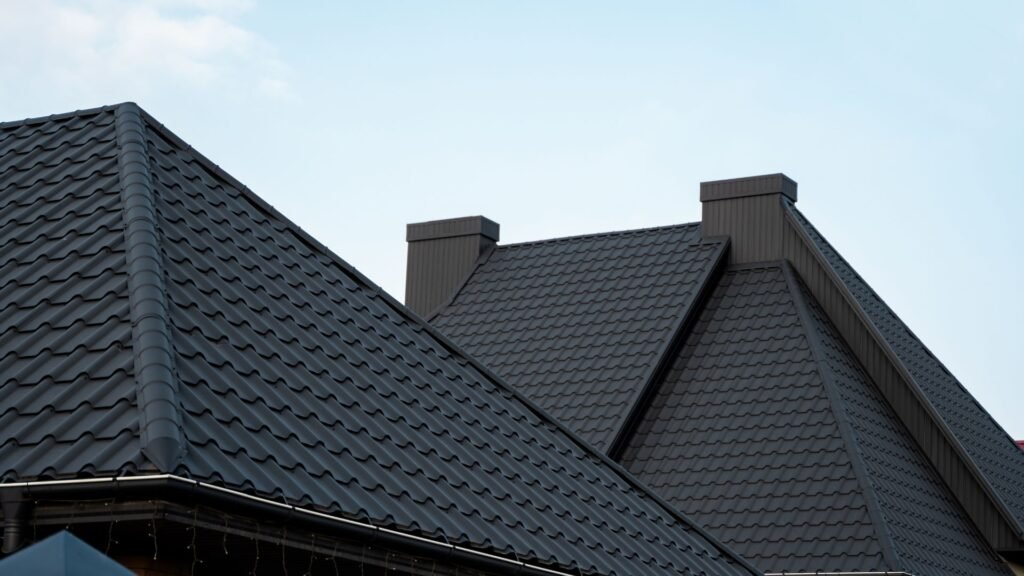
Should You DIY Or Hire A Pro?
Thinking about fixing or replacing your roof yourself? You’re not alone. Many New Zealand homeowners wonder if they can save money by skipping the contractor and handling the job on their own. While the idea of DIY roofing might seem appealing at first, especially with online tutorials and cheaper upfront costs, it comes with serious risks and responsibilities. Let’s break it down so you can make the best choice for your home and your wallet.
Risks Of DIY Roofing In NZ
Roofing isn’t just another home project. It involves heights, heavy materials, tools, and a real risk of injury. In New Zealand, one of the most common causes of serious DIY injuries is falling from a roof or ladder. Even experienced DIYers can underestimate how dangerous roofing work can be, especially on steep or wet surfaces.
Aside from the risk of physical harm, there’s also the possibility of poor installation. Roofing mistakes can lead to leaks, rot, and long-term damage that may cost thousands to fix. An uneven surface, poorly sealed joints, or the wrong choice of materials can all create bigger issues later.
If you’re not trained in roofing, chances are you may miss hidden problems like sagging beams or cracked flashing. And those overlooked issues can turn a small job into a major repair down the line.
Legal And Insurance Implications
In New Zealand, roofing work often falls under building code and council regulations. If you make changes to your roof without getting the right consent, you could face penalties or be forced to redo the work. Some insurance policies may also reject claims if damage is linked to unlicensed or unconsented work.
Insurance companies want to see proof that roofing was done by qualified professionals. If your DIY job causes water damage, leaks, or collapses, it might not be covered. That means you’re stuck paying the repair bill yourself.
For rental properties, the risks are even higher. Landlords must meet Healthy Homes Standards, and a non-compliant roof could leave you exposed to legal action or lost rental income.
When It Might Make Sense To Do Minor Repairs Yourself
That said, not every roofing issue requires calling a professional. There are a few small tasks that homeowners in NZ can manage themselves, if they take proper safety precautions.
- Replacing a single cracked tile
- Cleaning gutters and removing debris
- Re-securing loose flashings (if easily accessible)
- Applying sealant to a minor leak around a vent or skylight
For any job beyond these, especially anything involving structure, full replacements, or large patches, hiring a licensed roofer is a smarter and safer choice. They bring experience, warranty coverage, and tools that ensure your roof lasts longer and protects your home properly.
If you’re ever unsure, get a quote from a professional before jumping in. Many roofers in NZ offer free inspections, and it’s better to pay for expertise than risk injury or expensive damage. Your roof protects everything beneath it, don’t gamble with shortcuts.
Roofing costs vary depending on material, property size, and location. Whether you’re planning a full roof replacement or just budgeting for a new build, you need solid, up-to-date info before making a decision. Get transparent pricing, expert guidance, and fast answers tailored to your needs. That’s where we come in.
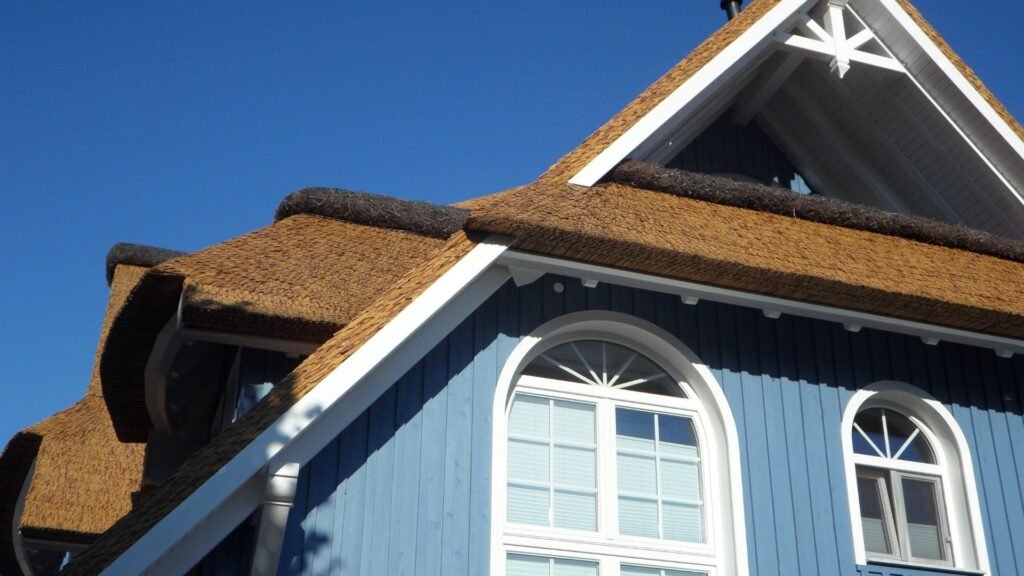
FAQs: About Roofing Cost Per Square Meter In NZ
What is the average roofing cost per square meter in New Zealand?
The average roofing cost per square meter in NZ typically ranges from $90 to $200. This depends on the material used, roof complexity, and location. Metal roofing tends to be on the lower end, while materials like slate and tiles fall on the higher end.
Which roofing material is the most affordable in NZ?
Long Run metal roofing is generally the most affordable option in New Zealand. It’s lightweight, durable, and easier to install, making it a popular choice for cost-conscious homeowners.
What factors affect roofing prices in NZ?
Key factors include roof size, material type, pitch and shape of the roof, accessibility, local labour rates, and any additional work such as insulation or guttering.
Does the location in NZ impact roofing costs?
Yes. Labour and material costs vary by region. Roofing in cities like Auckland or Wellington may be more expensive due to higher demand and transport fees compared to smaller towns.
Are there hidden costs I should budget for?
Yes. Common hidden costs include scaffolding, roof removal, waste disposal, flashing installation, and council permit fees. Always ask for a detailed quote.
How much does roofing labour cost in NZ?
Labour usually makes up 30%–50% of the total roofing cost. Expect to pay around $40 to $90 per hour, depending on the roofer’s experience and your location.
Can I reduce roofing costs without compromising quality?
Yes. Compare multiple quotes, choose reliable yet cost-effective materials, schedule during off-peak times, and work with experienced, licensed roofers who offer warranties.
Should I consider a full roof replacement or just repairs?
If your roof has widespread damage, leaks, or structural issues, a full replacement may be more cost-effective in the long run. Minor issues like a few broken tiles can usually be repaired.
Is roofing covered by insurance in NZ?
Insurance may cover roofing costs if damage is caused by sudden events like storms. Wear and tear or poor maintenance typically aren’t covered. Always check your policy.
How long does a new roof last in New Zealand?
Roof lifespan depends on the material. Metal roofing lasts 30–50 years, concrete tiles 50+ years, and slate can last over 100 years with proper maintenance.
Conclusion
Before you commit to any roofing project, take the time to get tailored quotes from multiple contractors. Prices can vary based on location, materials, and labour, so comparing a few detailed estimates will give you a clearer picture of what’s fair and realistic for your situation. Don’t just focus on the lowest price, think long-term about durability, maintenance, and overall value. A slightly higher upfront cost can save you thousands in repairs or replacements down the line. If you’re unsure about the numbers, use a roofing calculator to estimate costs based on your roof size and material preferences. Or better yet, speak with a trusted roofing professional who can walk you through the process and help you make confident, informed decisions.

